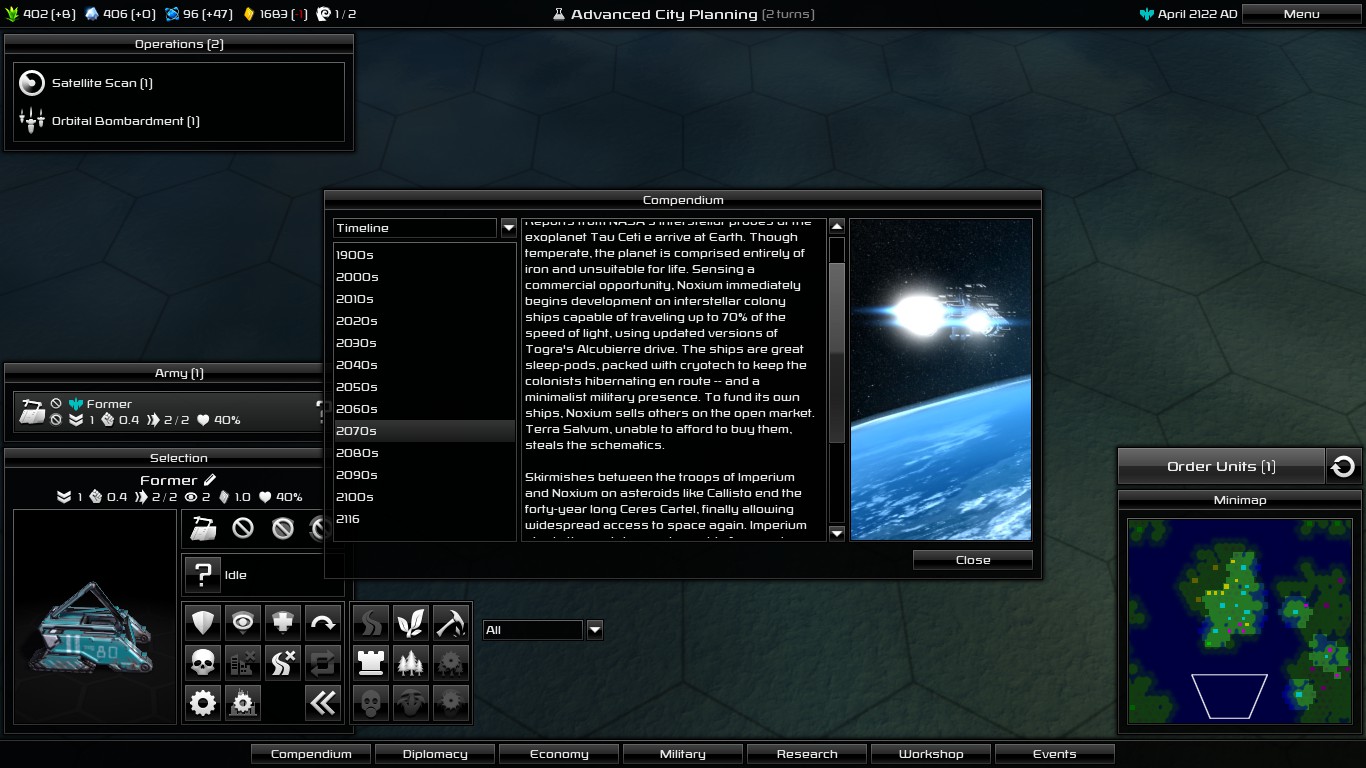
The detection of exomoon transits is very difficult due to the complex orbital motion, the occurrence of combined transits of an exoplanet with its moon (or moons), possible planet-moon eclipses, and potentially due to the small physical radii of exomoons, all of which make phase-folding approaches similar to those used for transiting exoplanets ( Kovâcs et al. With over 3400 exoplanets found by the transit method, we naturally wonder if any exo-moons could be detected around them. 2019), no moon around any exoplanet has been securely discovered as of today. While the search for planets beyond the Solar System (exoplanets) has greatly benefited from the transit method in search for periodic occultations of a star by its planets (e.g., Batalha et al. Key words: methods: data analysis / planets and satellites: detection / techniques: photometric Pandora is the first photodynamical open-source exomoon transit detection algorithm, implemented fully in the python programming language and available for the community to join the search for exomoons. The run-time of this search is about five hours on a standard computer. We recovered the simulated system parameters with the UltraNest Bayesian inference package.

The 10 min cadence of the data matches that of the upcoming PLATO mission and the noise of 100 parts per million is dominated by photon noise, assuming a photometrically quiet, m V = 11 Sun-like star for practicality. We demonstrate the usability of Pandora for exomoon searches by first simulating a light curve with four transits of a hypothetical Jupiter with a giant Neptune-sized exomoon in a one-year orbit around a Sun-like star. We have optimized Pandora for computational speed to make it suitable for large-scale exomoon searches in the new era of space-based high-accuracy surveys. The orbital motion of the star-planet-moon system is computed with a high accuracy as a nested Keplerian problem. Pandora uses an analytical description of the transit light curve for both the planet and the moon in front of a star with atmospheric limb darkening and it covers all cases of mutual planet–moon eclipses during transit. We present Pandora, a new software to model, detect, and characterize transits of extrasolar planets with moons in stellar photometric time series.

Max-Planck-Institut für Sonnensystemforschung,Į-mail: für Astrophysik, Georg-August-Universität Göttingen,


 0 kommentar(er)
0 kommentar(er)
